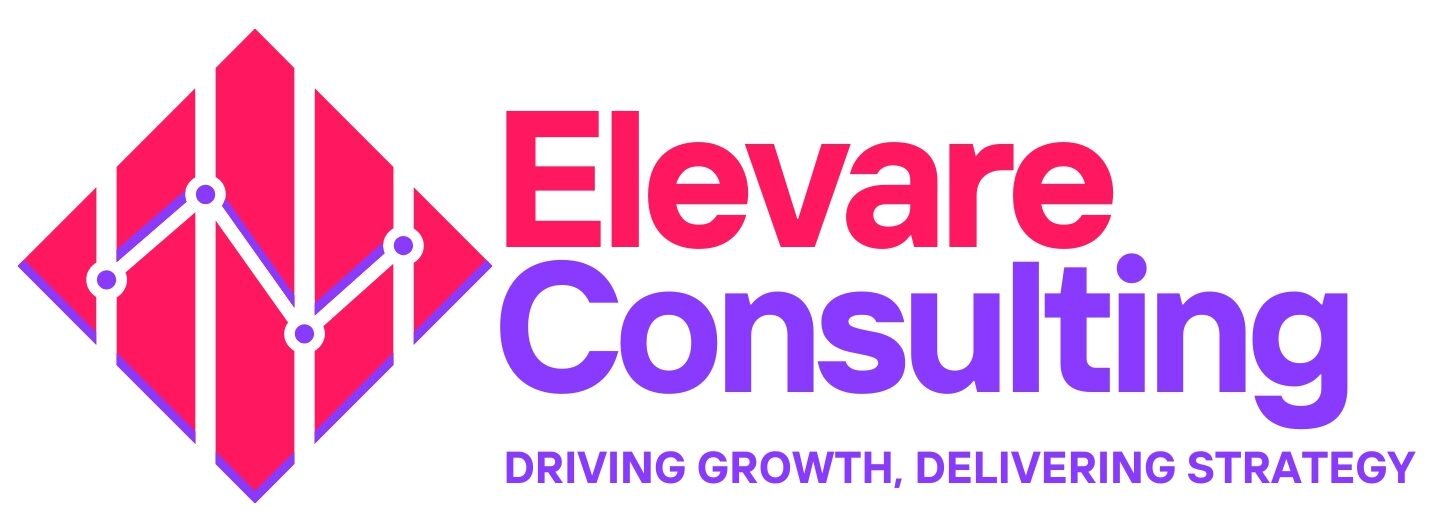Your tech stack can make or break your small business’s efficiency. Choosing the right combination of tools saves time, reduces costs, and supports long-term growth.
1. Identify Your Core Functions
Start with your key operations—CRM, project management, email marketing, accounting, etc. Define what you need before choosing software, not the other way around.
2. Prioritize Integration
Choose platforms that work well together. For example, a CRM that syncs with your email tool or a project manager that links with your time tracking app saves manual effort and reduces error.
3. Don’t Overinvest Too Soon
It’s tempting to go for enterprise-grade solutions early on, but most small businesses don’t need them. Start lean with scalable, affordable tools and upgrade as you grow.
4. Consider User Experience
A tool is only effective if your team actually uses it. Test for ease of use, mobile compatibility, and support before committing long-term.
5. Think Security First
Ensure all your platforms use encryption and offer features like two-factor authentication. Especially if you’re handling customer data, compliance is non-negotiable.
6. Our Top Recommended Tools
For many of our clients, the ideal stack includes:
-
CRM: HubSpot or Zoho
-
Project Management: ClickUp or Trello
-
Finance: QuickBooks or Xero
-
Marketing: Mailchimp + Canva + Buffer
Selecting the right tech stack now can save you thousands later. We help businesses audit, streamline, and integrate their systems—book a consultation if you’d like support.



